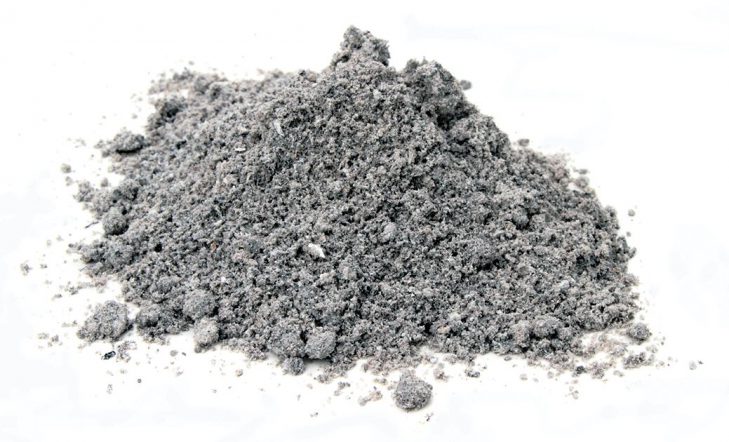Concrete is the most used construction material in the world due to its numerous advantages. Moreover, the concrete industry is one which uses massive natural resources and therefore, has a significant impact on the environment. It has been estimated that every ton of portland cement needs about 1.5 tons of raw material to be produced.
Cement industry not only has a huge load on energy requirements but also is a key contributor of CO2 greenhouse gases such that one ton of produced cement is accompanied by releasing about one ton of CO2 into the atmosphere. In addition, the cement industry is responsible for about 7% of global CO2 emissions.
Thus, the interest now is directed towards the development of cements that are less harmful to the environment. These cements are developed by using the waste products of other industries as a cement replacement which will reduce the amount of cement produced as a result.
CEMROC is one example of these cements. It is based on blast-furnace slag and is reported to show close to zero CO2 emission during its production (only about 50 kg per ton of cement).
Another approach is to use much greater proportions of fly ash in concrete. This concrete is called high-volume fly ash concrete (HVFA concrete) and can be defined as:
- Containing ≥ 50% fly ash by mass of the cementing materials
- Having a portland cement content of less than 200 kg/m3
- Having a water content of less than 130 kg/m3
- Having a water/cementing materials ratio of less than 0.35
Due to the larger amounts of fly ash used, high-volume fly ash concretes reach their full strength more slowly than conventional concretes, but the end concrete has enhanced properties such as low-permeability and durability. The following table shows an example comparison between the mix proportions between conventional and high-volume fly ash concretes.
[supsystic-tables id=’1′]
